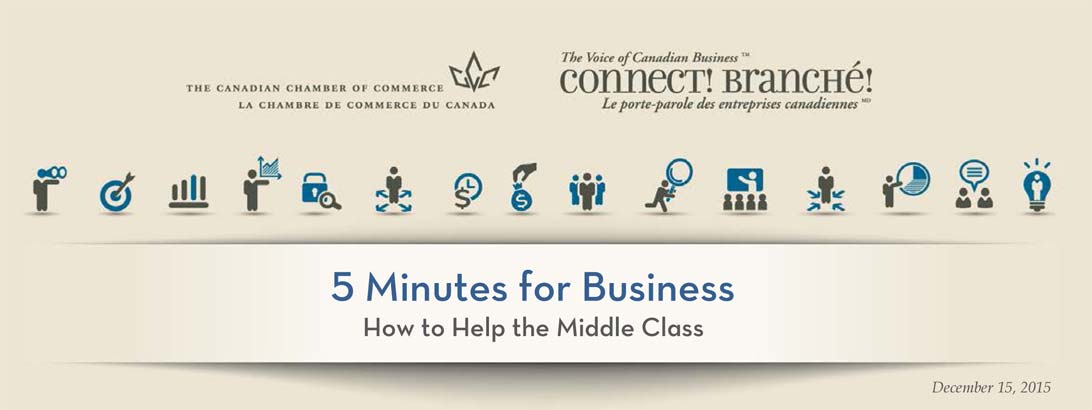Ho-ho-ho! That jolly sound you’re hearing is Prime Minister Trudeau coming down the chimney with tax cuts for the middle class! Last Thursday, the government passed the ways and means motion so that the cuts come into effect on January 1.
How much gravy are we talking about? The tax rate for the second income bracket (between $45,282 and $90,563) will drop from 22% to 20.5%.This works out to a maximum savings of $680 for those with income at the top of the range (an extra $26 per paycheque). Will it make much difference?
The government argued in favour of these tax cuts because “supporting the middle class is the wise thing to do.” Indeed, we agree the best boost to business is a growing, spending middle class, which helps everyone from the tiny restaurants to the big banks.
There is also hope that tax cuts will stimulate the economy. Here, we are more doubtful. Canadians are drowning in debt—now at a record high of 164% of disposable income. The CD Howe institute reports that 11% of Canadian households have mortgage debt that is more than 500% of their disposable income and will experience financial distress when interest rates rise. This same study shows how vulnerable we are: 20% of households have less than $5,000 available to deal with a job loss or an emergency, and 10% of households have less than $1,500.
Consumer confidence is soft in many parts of Canada. This is translating into a disappointing Christmas for retailers. Sales growth is weak, and Canadians are massively searching for discounts. One retail analyst describes it as a “drawn out, margin-squeezing, profit-shaking competitive battle.” Even in the prime Christmas season, retailers have no choice but to offer steep discounts and generous sales to pull in us stingy Canucks.
The point is that the stimulative effects of the middle class tax cut will be modest at best. Most Canadians will do the annoyingly responsible thing and pay down debt as opposed to spending their new-found wealth. As a consequence, consumer behaviour won’t change and economic stimulus will be minimal.
A better approach to helping the middle class is a strategy to increase wages by boosting productivity. Family incomes have been mostly stagnant over the past 15 years, a phenomenon that has affected rich countries all over the world. Historically, Canadian wages performed better than global peers because of high-paying jobs in the energy sector, but these will be fewer in the years ahead. So how do we raise our productivity and our middle class wages?
Firstly, increased investment in skills and education that is aligned with the needs of employers will pull more people into higher paying jobs. Secondly, a booming business environment with a vibrant venture capital regime will create more new companies and new start-ups. Thirdly, Canada must create new international opportunities by ratifying the trade deal with Europe and the Trans-Pacific Partnership while investing in affected industries. Finally, new investments and incentives for innovation will make sure the technologies of tomorrow are made right here in Canada. Making Canada more competitive will benefit the middle class.
We wish Mr. Trudeau a merry Christmas and we appreciate the tax cut, but there is still a lot of work to do in the new year.
For more information, please contact:
Hendrik Brakel
Senior Director, Economic, Financial & Tax Policy
613.238.4000 (284) | hbrakel@chamber.ca



